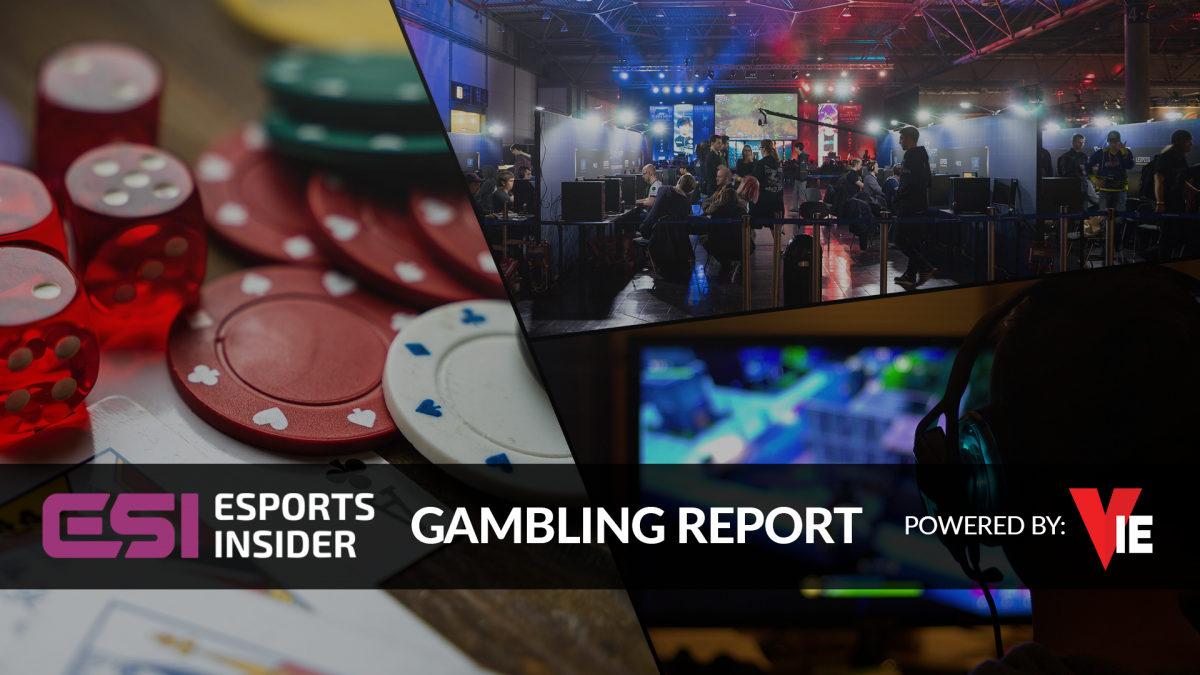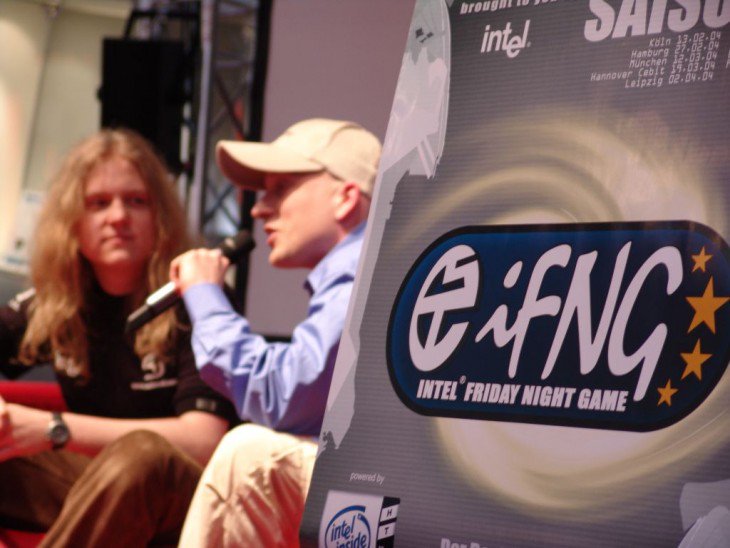In the fast-moving world of esports partnerships, only a handful truly stand out as pioneering. Perhaps the oldest and most ahead of its time was the collaboration between a technology giant and a budding esports company: Intel and ESL.
Through diligent research and a collection of interviews, we’ve put together an inside look at the origins of Intel and ESL’s long-standing partnership together in this week’s edition of the ESI Gambling Report, powered by Vie.gg.

Leading the pack
The partnership between ESL and Intel has produced esports activations around the world for almost two decades, with even those outside of gaming and esports catching wind of them every so often. Having infiltrated nearly every plausible area of competitive gaming alongside one another, the pair has served as true innovators in the evolution of the esports industry. From the Intel Extreme Masters – esports longest active tournament series – to its most recent partnership extension through 2021, which includes an expansion into the Asia-Pacific region beginning with its latest IEM Beijing-Haidian announcement.
For a joint venture that has, at the time of writing, lasted 18 years, a collaboration between the technology juggernauts Intel and ESL – which was still in an infancy state compared to today, as with the overarching esports space – was a collaboration unprecedented for its time. While the two are constantly circulating the news with the next innovation, a detailed account of the chronicle’s beginnings are few and far between; thus, for the purpose of this report, Esports Insider reached out to a number of individuals to help detail the partnership’s beginnings, ambitions, and key pieces of success.
Origins
The first traces of ESL’s relationship with Intel started on a local level in Germany – where the company was founded in and headquartered – at a product called Friday Night Games. At the time, ESL had produced various esports events through Friday Night Games in a number of German cities, which Intel was a founding partner of.

Around the same time, Intel was contributing towards other global esports programs, among the first was the Cyberathlete Professional League World Tour (CPL), which was birthed from a smaller relationship with the organisers. Although, as CPL began slowing down operations around 2006, Intel was met with the decision whether or not to continue exploring esports, and looked towards the former partner they had found in ESL to help them navigate the space for the long run. Despite being in its premature stages, ESL had designs to build a global presence and as a technological leader, Intel was the company to help them grow that international footprint.
In 2007, the Intel Extreme Masters saw life for the first time through a two-event pilot. The first, a Counter-Strike tournament labeled IEM I World Championship in Hanover, Germany while the next arrived at a key market in North America at the IEM II Global Challenge Los Angeles. Once the inaugural IEM events passed, Mark Cohen, Chief Relationship Officer, North America of ESL explained the two companies thought to themselves “there’s something special here”.
A match made in heaven
From its inception, the relationship between the two was, in a way, bound for greatness as the pair shared mutually beneficial qualities and designs that fell in course with one another’s.
“I think it comes back to our DNA as a company,” said Mark Subotnick, Director of Business Development for Games & Esports at Intel. “Which is recognizing why people are using our product and the performance that they expect us to continue to deliver on that product, and the gaming aspect is a great match for that,”
While computing transpires far beyond gaming, Intel was an early adopter in exploring this specific avenue and wisely realised the professional gamer was at the top of the pyramid, so to speak. This model traceably trickles down to enthusiasts who aspire to become professionals and those that enjoy gaming on a more casual basis – though, all groups share a similar desire to play and experience gaming on the best computerss and platforms that the market has to offer.

“So I think it’s a natural fit and it’s a great sign that we recognised that 18 years ago,” Subotnick said. “I think when you look at why we would partner with somebody like ESL, their expertise is really in understanding how to put on amazing events and how to talk to the esports community in a way that I think we’ve benefited greatly by having them as a partner in helping us understand that”.
From ESL’s standpoint, the alliance between them and Intel was a necessity in facilitating the overwhelming talent of esports’ best players and instrumental in staying at the tip of this cutting edge industry.
Michal “CARMAC” Blicharz, Vice President of Pro Gaming at ESL explained further to Esports Insider: “From our perspective, it’s a partnership made in heaven because we need top technology in order to continue to provide people with those moments. These are essentially tools of self expression for players. You think about what Roger Federer needs to play at the highest level. He needs to be completely and utterly unencumbered when it comes to expressing his talents, and he needs the best equipment. The PC is an integral part of it in esports, so we’ve been very lucky that we never really had a problem with that part of the experience.”
On the digital playfield of esports, technology is at the core, specifically, the processing power of Intel’s Core i9 processor. Referenced as an integral part of ESL’s operations and uniform within tournament setups, streaming, as well as being a key component to the company’s dynamic content engine, Intel is able to power the technology-heavy workload of its partner comprehensively. “They’ve been as natural of a partner for us as the Spalding ball is for the NBA,” CARMAC added.
The dynamic between the two would appear to be a perfect match, and the ambitions of both companies to be respective leaders in the competitive gaming sphere has already, and will likely continue to, propel them to new heights.
On the next edition of our ESI Gambling Report, we’ll dive deeper into the inner-workings of the partnership and offer exclusive remarks on the day-to-day collaborations and plan of attack for the future of the industry in this multi-part series.

